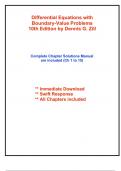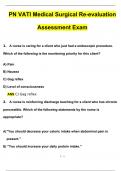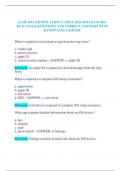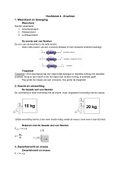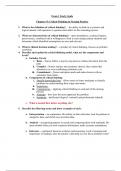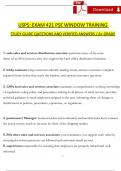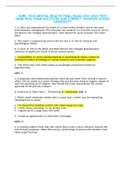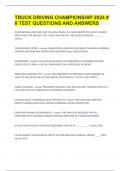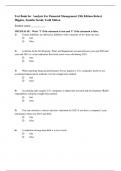Tentamen (uitwerkingen)
Solutions for Differential Equations with Boundary-Value Problems, 10th Edition Zill (All Chapters included)
- Vak
- Instelling
Complete Solutions Manual for Differential Equations with Boundary-Value Problems, 10th Edition by Dennis G. Zill ; ISBN13: 9780357760451. (Full Chapters included Chapter 1 to 15)....1. INTRODUCTION TO DIFFERENTIAL EQUATIONS. 2. FIRST-ORDER DIFFERENTIAL EQUATIONS. 3. MODELING WITH FIRST-ORDER DIF...
[Meer zien]
